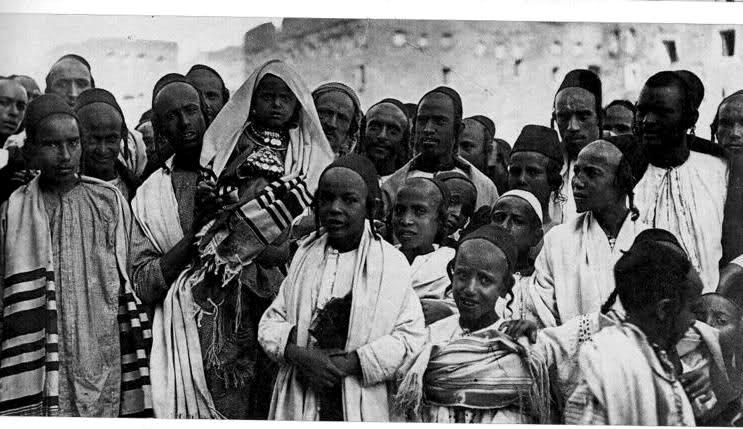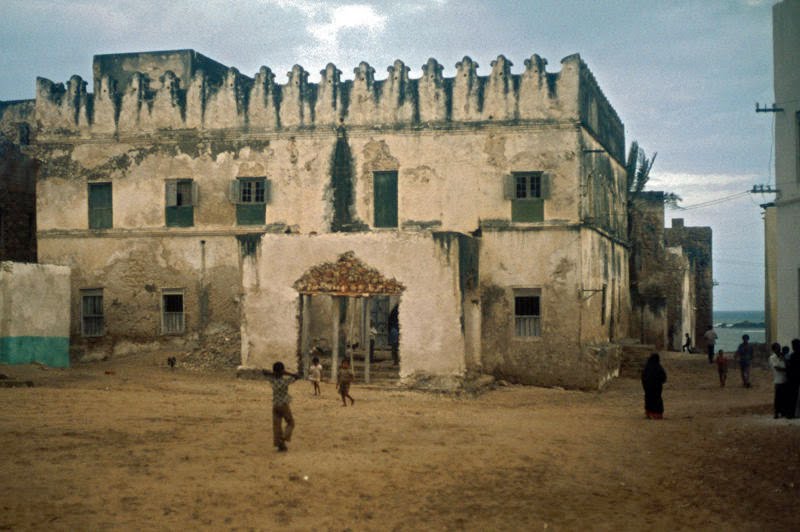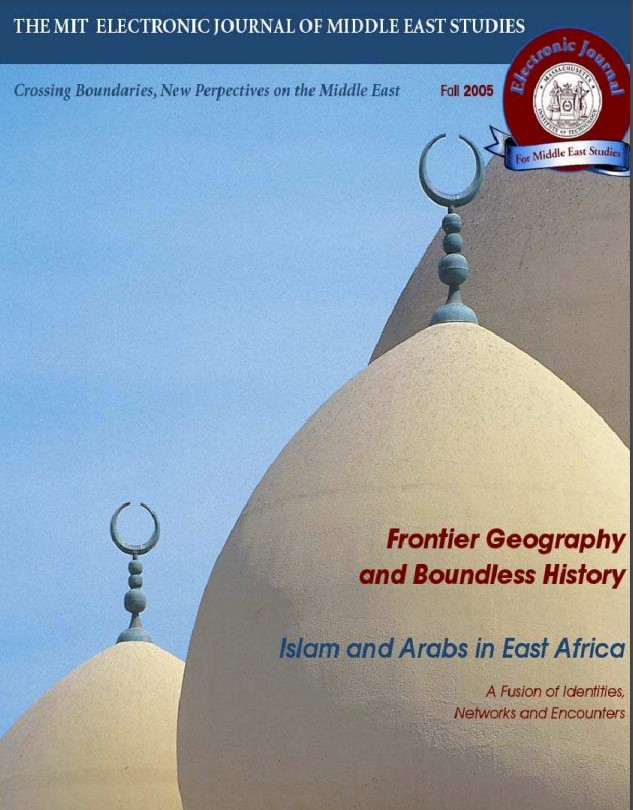Throughout history, Mogadishu was always this metropolitan and diverse city – being a major port and a city at its economical peak during the 19th century, it paved way for economical migrants to reside in large numbers. People settled in the city periodically, from the neighbouring waSwahilis, the Arabs, Persians and people as far as South Asia, this did not rule out the possibility of a small group of Jewish people also settling in Mogadishu. Alongside other parts of the world, Jewish communities were known to have lived in North Africa and parts of Southern Arabia, particularly in South Yemen – known as Yemenite Jews (also known as Hadhrami Jews) and Adeni Jews. Yemenite Jews are traditionally different to Ashkenazi Jews, Sephardi Jews, and other Jewish groups, they are generally described as belonging to the Mizahi Jewish ethnoreligious group, (Montville, 2011). Adeni Jews on the other hand were only found in Aden, port city in Yemen, (Sloam, 2015), both communities were isolated from each other but lived in Yemen for centuries.
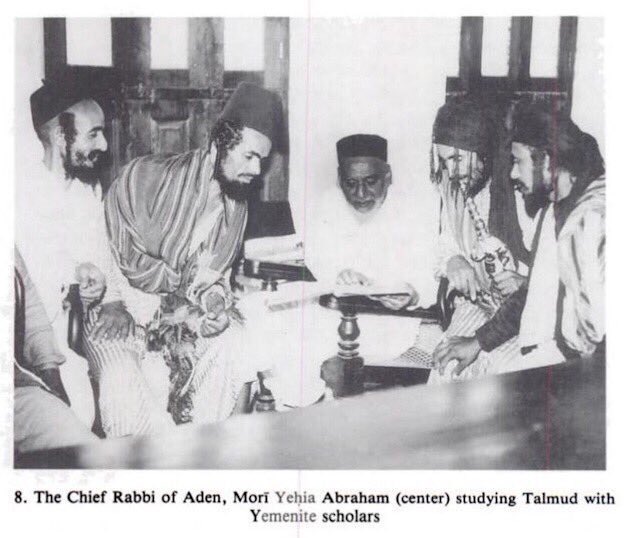
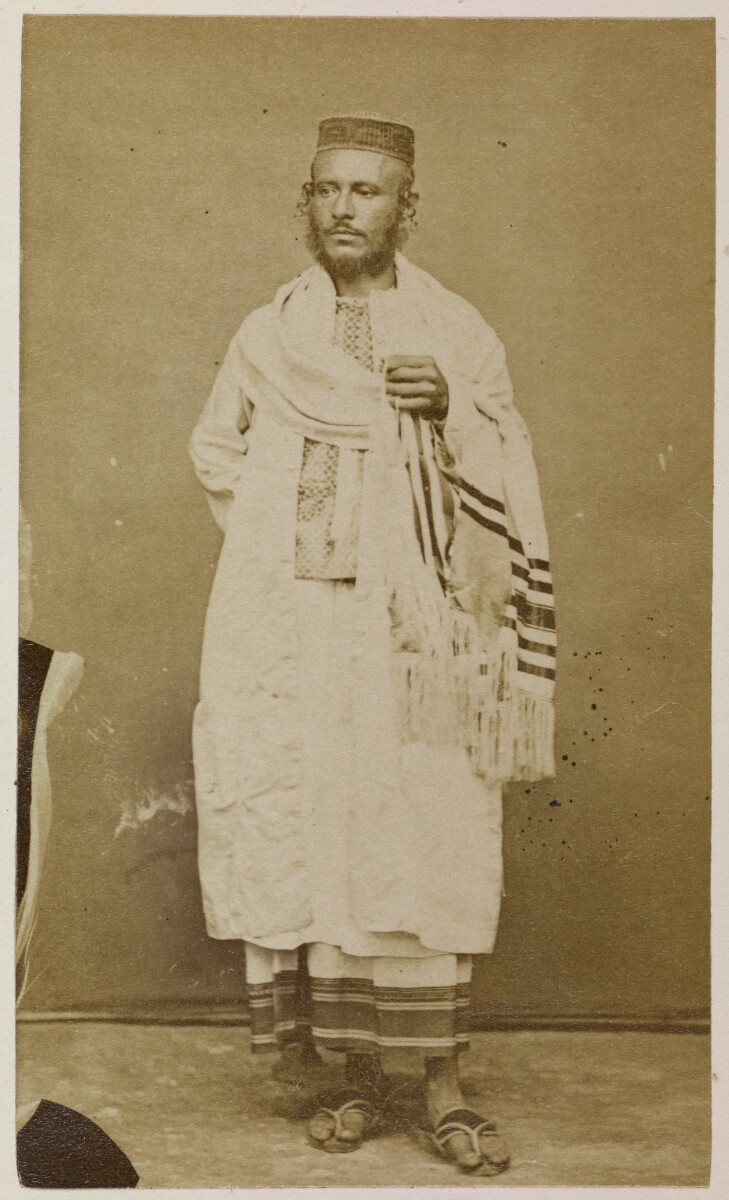
It is a known historical fact that Aden and Mogadishu maintained strong relations with trade and migrations, this goes back to as early as the 1600’s, (Stanley, 2007). This explains the large percentage of Banadiri clans being able to trace their lineage back to Yemen, as seen in their clan trees. Nancy Hartevelt Kobrin Ph.D. wrote a profound book called “The Last Two Jews of Mogadishu” where she gives an insight on a jewish family living in Mogadishu, the book is based on a set of email correspondence between her and a young man named Rami (Av M), who was born and raised in Mogadishu with his mother (Ashira). The two are of Adenite and Yemenite Jewish Heritage, who’s respective families had lived in Mogadishu for over 100 years, they describe their harrowing experience living in Somalia. At a time when terrorism and tribalism ravaged the nation, the two had to disguise their jewish identity and lived as crypto-jews. For a country who were rampant in their mistreatment of ethnic minorities, as witnessed with the cases of the Bantus and Bajunis in the Southern regions of the country, this book further exposes and recuperate a more pluralistic society for Somalia concerning minorities, and further opens more doubt to the narrative of a homogenous country as proclaimed.
A brief background about Rami and his Mother Ashira to give some further context to their experience. Rami whose first name is Avraham was born in 1987, 3 years before the infamous civil war of Somalia. His father Shamul Mordechay ibn Suleiman who was from Aden belonged to a Jewish merchant community, sadly he and his brother (Rami’s uncle) were both killed during the Somali Civil War. His mother Ashira was born in the mid 1950s in Barawa, she attended university in Mogadishu in 1975 and married at the age of 20 in 1974, she traces her lineage back to Taiz, Yemen. The two lived in Mogadishu throughout their life and went through the tough ordeals of when the insurgents of terrorists was rife in 2007. They may have been the last Jews that lived in Mogadishu as the author tells their story in the book, and how they lived life as crypto-jews.
Adducing to the fact that Rami mentions in the email correspondence about the existence of another Jewish family they knew who lived on the opposite side of Mogadishu. Who eventually converted to Islam according to Rami, out of fear of reprisal and animosity. He also went to mention that there were around 100 Jews who came to Somalia from Aden in 1900, this is a fact that is historically backed by various scholars as cited in the book.
Little to nothing is known for the current situation of the Jews that once lived in Somalia, or what happened to the last remaining ones. However, the existence of Jews in Somalia is known, as described by Mohamed Diriye Abdullahi, author of Culture and Customs of Somalia, when asked about this question he responded by saying,
“Judaism has existed in the Horn for millennia (…). In the North there used to be a small Jewish community in the port town of Berbera – it can be summarised that they were part of the Yemeni Jews of Aden across the sea from Berbera; they were merchants mostly (…).” (Kobrin, 2018)
Nearly all of the Jews in Yemen and parts of North Africa migrated and left their homeland after the establishment of the State of Israel in the 1948, After Poland, Yemen was the second largest group the Jews migrated from between 1948 and 1951, (Kaplan, 2002).
The Jews who lived in Somalia may make up as part of the wider minority groups in the country, adding to their self-determination and contribution to the countries history. And as such, their acknowledgement should not be swept under the carpet nor forgotten. As stated by Nancy Kobrin, “A future healthy Somalia may very well be dependant upon its ability to recuperate and embrace its diversity”.
Reference:
Sloam, Natalia (26 May 2015). “Passover traditions around the world”. Fox.
Dumper, M. and Stanley, B., 2007. Cities Of The Middle East And North Africa. Santa Barbara, Calif.: ABC-CLIO, p.254.
Montville, Joseph V. (2011). History as Prelude: Muslims and Jews in the Medieval Mediterranean. Rowman & Littlefield. ISBN 9780739168141.
Kaplan, J., 2020. The Mass Migration To Israel Of The 1950S | My Jewish Learning. [online] My Jewish Learning. Available at: <https://www.myjewishlearning.com/article/the-mass-migration-of-the-1950s/> [Accessed 30 December 2020].
Kobrin, N., 2018. The Last Two Jews Of Mogadishu. Multi Educator, Incorporated.


